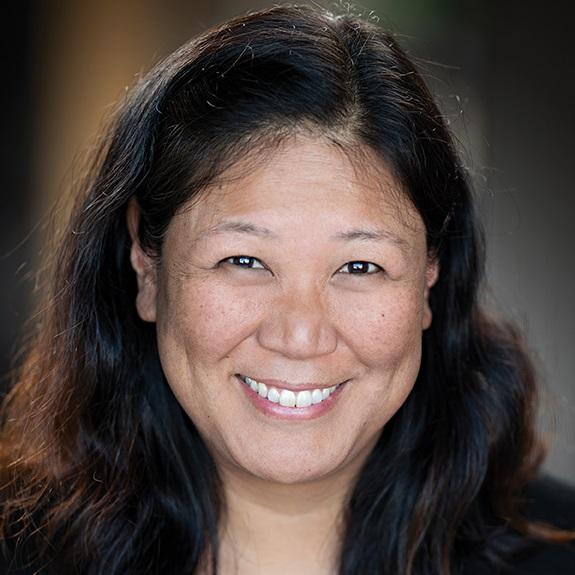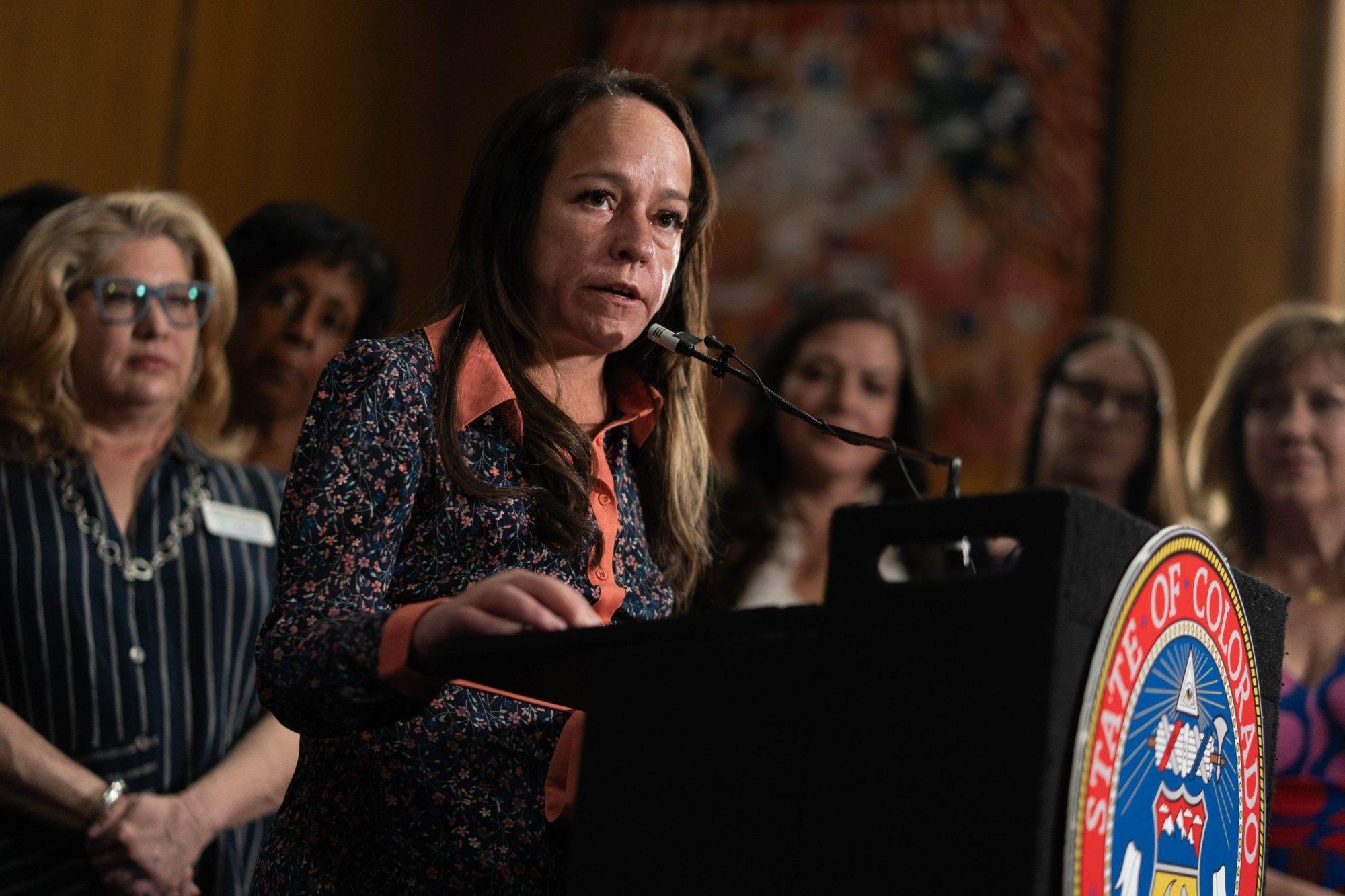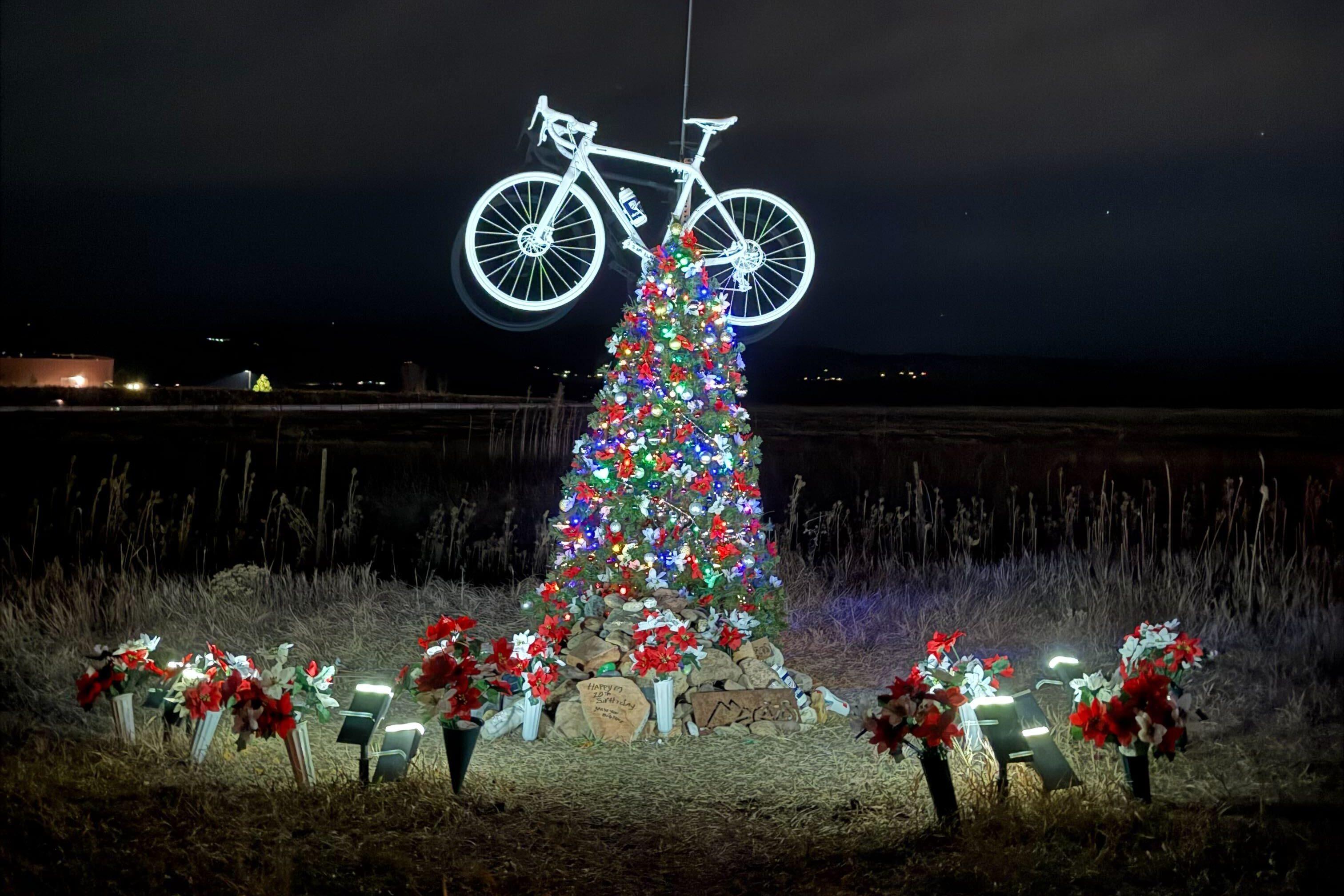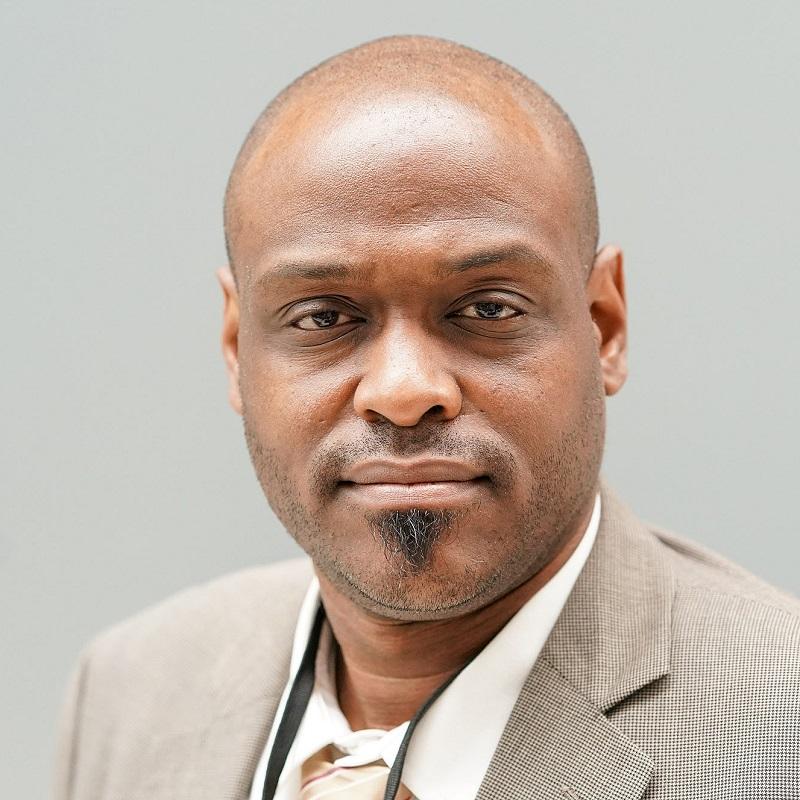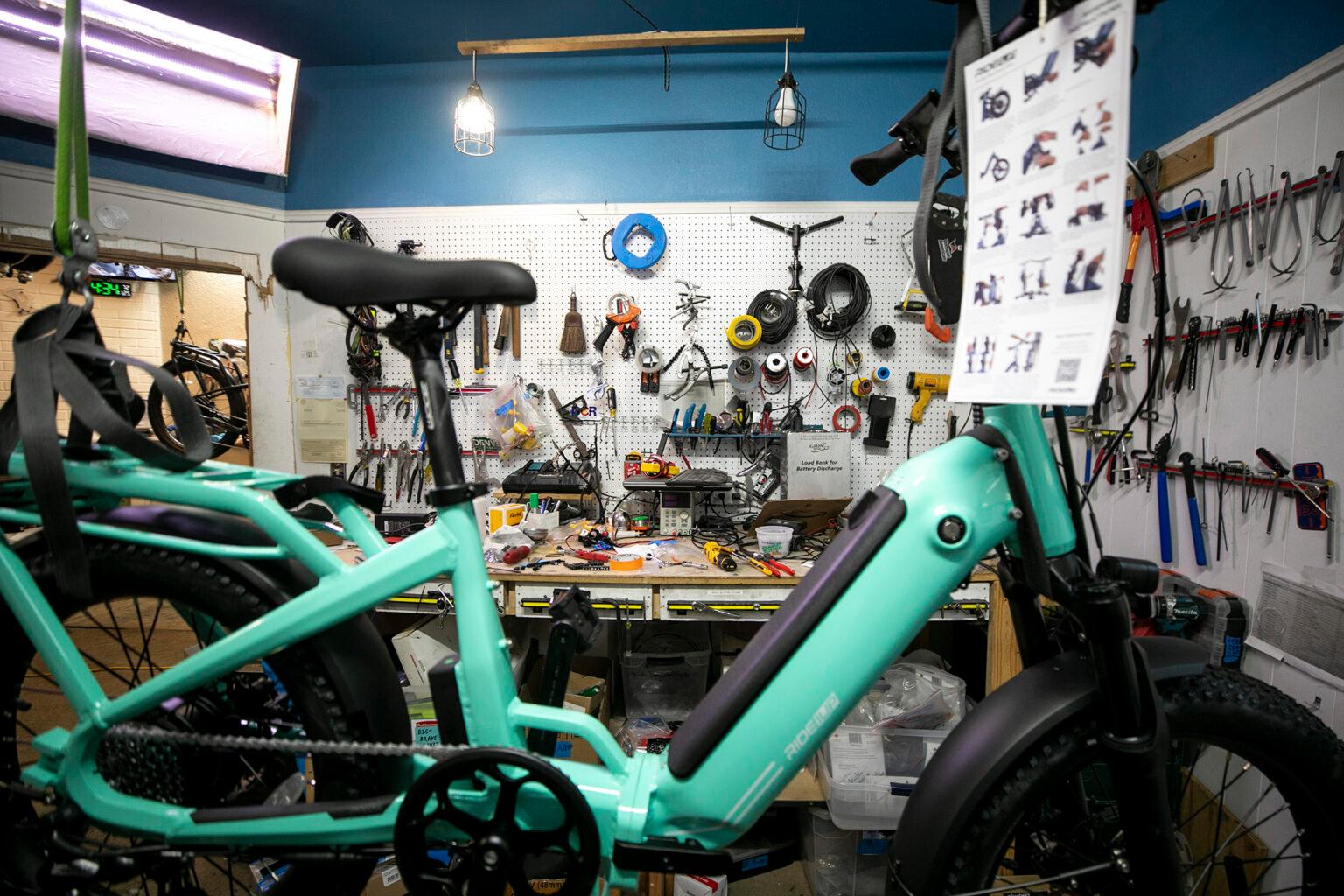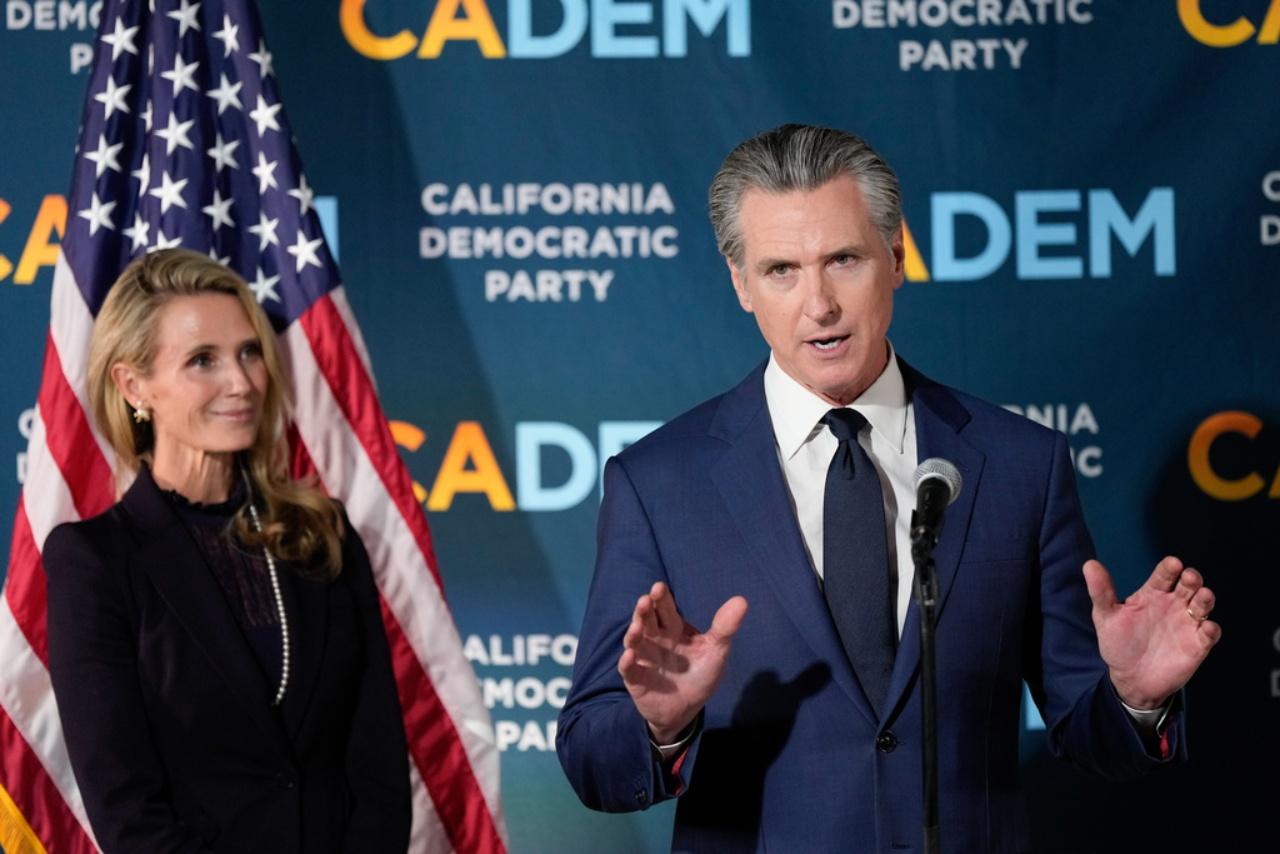
The resounding victory of Prop. 50 in California, Tuesday opened a new front in the state-by-state war over partisan redistricting, a conflict that started this summer when Texas redrew its congressional maps to add more Republican seats.
On Tuesday night, California Governor Gavin Newsom called on other blue states to revisit their lines.
“We need our friends in New York, Illinois and Colorado — we need to see other states with their remarkable leaders that have been doing remarkable things meet this moment head on as well, to recognize what we're up against in 2026,” Newsom declared.
But for Colorado, that would mean turning its back on a process approved by voters, one that the people at the heart of it believe is good for the state.
Map-making by Commission
After the 2020 census, Colorado redrew its congressional map through a new process: an independent redistricting commission. It was an approach initiated by voters to replace the old, lawmaker-run process that decade after decade had concluded in legal challenges and court-drawn maps.
“I think the outcome was solid,” said Carly Hare, who chaired Colorado’s Independent Congressional Redistricting Commission in 2021. The panel was made up of four Democrats, four Republicans and four unaffiliated voters from all across the state.
It might have been the first time Colorado used the commission process, but Hare, an unaffiliated voter who lived in the 4th Congressional District, said the constitutional amendment governing the process gave them clear direction. They had to draw districts with equal population and contiguous borders, that prioritized compactness, followed the Voting Rights Act, tried to preserve communities of interest and whole political subdivisions — think counties or cities — and lastly, offered a competitive choice to voters.
“I think it gave us, not a direct blueprint, because we had to build the plane while we were flying it the entire time, but it did give us some framing and some guideposts to stay within and really allowed us to be expansive inside of that in different ways,” Hare explained.
The process led to a final map that had four Democratic seats, three Republican ones and a single swing seat.
“I think it showed other people how we could do this. We're Colorado, we're leaders. We should do this in a way that other people can see and replicate,” said Jolie Branwer, the commission’s vice chair and an unaffiliated member. She notes the state got an ‘A’ from the Princeton Gerrymandering Project.
Brawner admitted that, for all the good work commissioners felt they did, “yes, no one was a hundred percent happy with us, but I think that's because we actually listened to people and tried to come up with the most equitable maps we could.”
Colorado has so far stayed on the sidelines of the 2025 fight
As more states join the congressional redistricting war — North Carolina, Indiana and Missouri are trying to add Republican seats, while Democrats in Virginia and Maryland are eyeing their maps — some are calling on Colorado, which has a Democratic governor and wide Democratic majorities in the legislature, to jump in.
It’s a long-shot effort, though.
Colorado’s constitution is clear that the state can only redistrict every 10 years, and it is to be done by an independent commission. Even if voters were asked to change that, they couldn’t weigh in before next fall, with the change going into effect no sooner than 2028.
It’s not that midcycle redistricting hasn’t happened in other states before — but in the past it’s been done because of a court order.
Attorney General Phil Weiser, who is battling in a primary against Sen. Michael Bennet for the Democratic nod for governor, stepped into the fray last month, calling for a constitutional amendment to allow Colorado to respond if other states undertake “extreme partisan gerrymanders.”
“When other states break long-established norms and do mid-decade redistricting, Colorado can’t stand idly by and just watch. We’re not going to let those changing the rules to get an unfair advantage benefit from those efforts; Colorado must be ready to step up and do our part,” he said in a statement.
‘I think it’s a bad path’
These conversations are disheartening, to say the least, for the people who worked so hard on Colorado’s current map.
“I am appalled at what's going on,” said Lori Schell, another unaffiliated commissioner from the 3rd Congressional District.
She doesn’t think the state should jump into the fray. In fact, during the process four years ago, she said she had a yellow Post-it note at eye level that read “stay above the fray.”
“I would be angry, feeling that I invested essentially six months of my life to a process that I heartily believed in. To have it undone for purely political purposes would be very heartbreaking,” Schell said. “I understand why people are doing it. I understand. But it is just one more indication of where we're headed, and I think it's a bad path.”
Bill Leone, a Republican commissioner who represented the 7th Congressional District on the panel, agreed. This tit-for-tat, he said, is bad for ‘small-d democracy.’
“We did a good thing here in Colorado. We should leave it alone. And I've said the same thing to my friends in New York and Texas and California that are involved in redistricting that they should be ashamed of themselves for what they're doing. And it won't end well. It won't end well for anybody,” he said.
Leone added that deciding these lines is inherently political, “but you can do it poorly and partisanly, or you can do it well and independently. I feel like we did it well and independently.”
He said commissioners had spirited discussions and debates about the lines, but in the end, they came up with a map that he thinks is fair and representative.
He added that the political pendulum swings back and forth, and the only way the system works is if both sides adhere to standards and norms when they have power.
Paula Espinoza, who served on the commission as a Democrat from the 4th Congressional District, agrees.
“I think that the idea of congressional districts is to fairly, and to the most extent possible, represent the people of that district and their interests. And that should be the goal, not to swing the country one way or another, which is currently what's being done … a power grab for one party or another,” she said.
That said, unlike some of the other commissioners who oppose the idea — Espinoza has mixed feelings about the situation Colorado finds itself in.
She voted for the independent commission and was proud of the map the commission ultimately agreed on, but she also understands some Democrats’ desire to do more.
“We cannot fight a sword fight with water guns. It's not going to work. So we are in a completely different fight,” she said. “What the commission's goals were do not apply. So I think it's up to the people of Colorado to decide how they want to fight that fight.”
The same people of Colorado, she noted, who overwhelmingly passed the independent redistricting commission less than a decade ago, to try and take politics out of the fight.
Colorado redistricting: what worked and what didn’t
With just over 50 public meetings, thousands of public comments and more than 70 submitted maps, the 2021 process for drawing lines, Brawner said, was incredibly transparent.
And the commission met its goals in spite of numerous challenges, including late data, a compressed timeline, and having to do all those meetings during the pandemic.
Leone, who admitted there might have been one too many meetings for his liking, said those meetings were a primary driving factor for the final map. “We would ask people that came to the hearings, ‘What kind of a district do you want?’ ‘What's important to you about a district?’ And I think we listened to those comments, we discussed those comments, and we formed a view as time went on of what would be fair.”
All the commissioners CPR News spoke with stressed that drawing the map was a difficult task given the guidelines, in particular maintaining equal population and trying to make the districts compact, while also preserving communities of interest and not breaking up cities or counties, especially when the state’s main population centers are so concentrated along the Front Range.
“I think we found representative democracy for Colorado. We really hit that spot of, ‘where are our population centers?’ ‘whose voices get heard and how they get heard?’” said Hare.
Are there things commissioners would want to change? Sure. There are unsettled questions over how and where to count serving time in state prisons or how to account for people registered with a third party and include them on the commission.
And as for the big issue – the overall competitiveness of the final map, Brawner was clear. “Everyone loves to talk about maximizing the number of competitive districts. (But) It's last in the hierarchy.”
And Leone added that aside from the 8th Congressional District, two others have the potential to also be in play for both parties, at least based on the numbers.
Leone said the commission worked well and really resisted partisanship. “If somebody said, well, we need to have more districts that are going to be Democrat districts or more districts that are going to be Republican districts, we tamped that down very quickly because we weren't trying to get to a preordained outcome, and it worked pretty well.”
